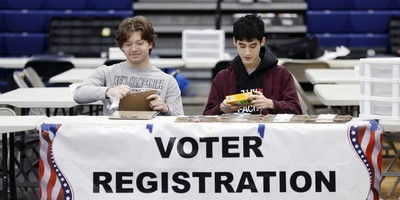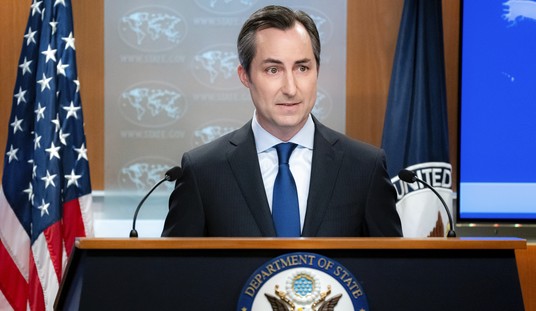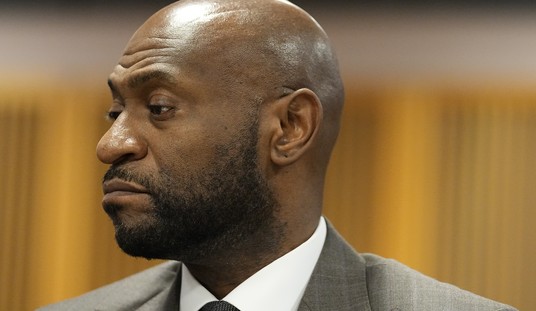The United States has just witnessed the second largest bank collapse in its history. The victim this time was none other than the Silicon Valley Bank, which saw approximately $42 billion drained from its coffers in a matter of one mere day in a massive bank run. This shocking collapse has sent ripples throughout the financial world, leaving many to wonder who this institution is and what led to its downfall.
Silicon Valley Bank was long considered to be the financial darling of the startup and venture capital communities. With a laser-like focus on providing specialized services to these niche industries for four decades, the bank built up a loyal customer base and became the premier bank for every entrepreneur. The bonds between the bank and its clientele were strong, forged over time through mutual trust and respect. Startups were drawn to the bank by the promise of access to a vast network of resources and connections that could help them achieve even greater success. In fact, so deep was the trust placed in the bank that a staggering 89% of deposits were uninsured, as the Federal Deposit Insurance Corp. only covers up to $250,000 per account holder -- meaning that startups trusted Silicon Valley Bank so much that they risked all their money to keep large amounts of capital in accounts there. Using data taken from Forbes, to show how mind-boggling this number is when excluding the two now-defunct Silicon Valley and Signature banks, the average uninsured deposits among the 13 (SET ITAL) most uninsured (END ITAL) banks is around 49%.
Bank runs, a phenomenon familiar to most bank collapses, occur when depositors withdraw more money than the bank has on hand. This happens because banks are not required to hold 100% of their deposits in reserve. In fact, recent years have seen banks that fall under the same umbrella as Silicon Valley Bank have their percentage drop from approximately 10% reserve requirements to a whopping 0%, with the Federal Reserve Bank instead incentivizing banks to hold more reserves by providing interest on reserve funds, but not mandating it. Meanwhile, large international banks are subject to different reserve requirements set by international regulators, and Silicon Valley Bank was not among those required to adhere by those rules.
Recommended
However, this wasn't the beginning; it was instead the culmination of events that led to the erosion of depositor trust. The Federal Reserve's aggressive interest rate policies in recent years started this entire situation. As interest rates declined, investors sought higher-yield bonds, leaving Silicon Valley Bank with large amounts of low-yield bonds. They decided to sell $21 billion worth of these low-yield bonds for a $1.8 billion loss. The bank then publicly announced a plan to raise $2.25 billion by issuing new shares of stock, setting the stage for a bank run of epic proportions.
The fall from grace was swift and merciless as the major venture capital firms, once the bank's loyal partners for over four decades, turned their backs on their once trusted ally. In a heartless and greedy move, they urged companies to withdraw their funds from Silicon Valley Bank, ultimately causing the bank run that we saw, causing only the first movers to come out unharmed while everyone else was left to tend to their wounds. It is a compelling tale of the ruthlessness of business.
It is essential to recognize that the fallout from the Silicon Valley Bank collapse wasn't limited to large startups. Small-business owners, many of whom are struggling to get by while working blue-collar jobs, were also affected. These entrepreneurs had placed their hard-earned cash in the bank, hoping to secure a brighter future for themselves and their families. Not only that, but startups in their early stages, with innovative products and services that could make our lives easier and more affordable, were not spared. In addition to small startups, well-established companies like Roku, the video streaming giant, and Circle, the world's largest, most reputable stablecoin, also had much of their money in Silicon Valley Bank.
The FDIC's solution to the Silicon Valley Bank collapse is a bit of a conundrum. The FDIC has proposed to go beyond the typical $250,000 insured deposit and protect both insured and uninsured deposits. This move, according to them, would provide depositors immediate access to a portion of their uninsured funds in what they call an "advanced dividend." They would then provide each depositor with a "receivership certificate" that entitles them to a portion of the proceeds from the sale of the bank's assets. If and when everyone is made whole is anyone's guess.
It is evident that measures must be taken to prevent a similar disaster from occurring in the future. It is crucial that banks are held accountable and encouraged to prioritize solvency to provide assurance to investors. The government's response to this situation and the financial crisis of 2008 has revealed no matter the size of the bank, when you place a deposit, it is no deposit at all, but instead a government-insured loan to the bank to engage in risky lending practices.
To find out more about Armstrong Williams and read features by other Creators Syndicate writers and cartoonists, visit the Creators Syndicate website at www.creators.com. COPYRIGHT 2023 CREATORS.COM

























Join the conversation as a VIP Member